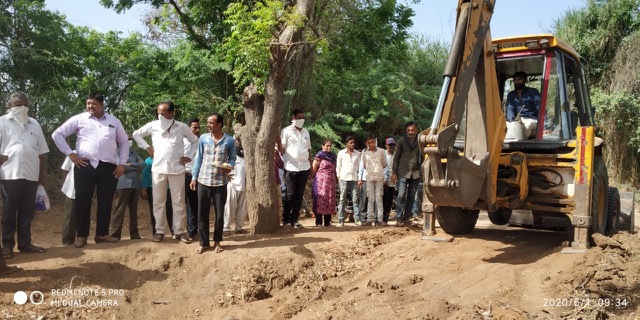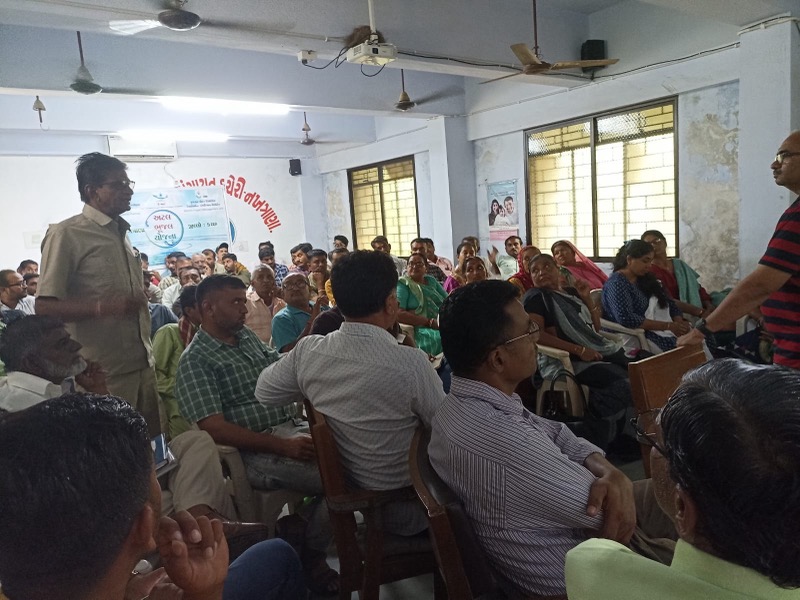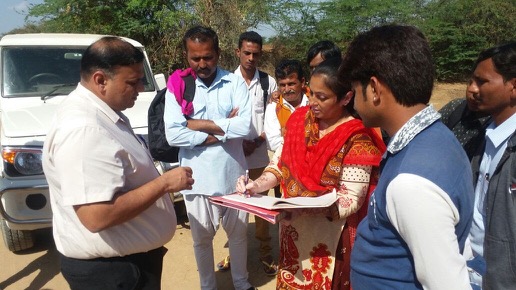Avisha Rana, Sr. Project Associate – Nutrition, WIN Foundation)
India faces a
dual challenge when it comes to food: ensuring food and nutrition security for
its large population and tackling the massive food wastage that occurs along
the supply chain. The country wastes around 67 million tons of food each year,
enough to feed millions. In a country where agricultural production is the
backbone of the economy, inefficient storage, spoilage, and supply chain
disruptions significantly contribute to food loss. It also means loss of income
for the farmers, including the vast numbers of poor and marginal farmers, and
other participants in the supply chain. Also, losses in perishables like
fruits, vegetables and herbs, lead to serious impact on our nutrition outcomes,
and also disincentivises growing of fruit and vegetables, in favour of cash
crops or grains.
Smart packaging technologies are emerging as a
promising solution, especially in India’s rapidly modernizing food industry. By
integrating advanced materials, sensors, and data analytics, smart packaging
can extend shelf life, reduce spoilage, and improve food safety.
India faces
significant challenges in food waste and supply chain inefficiencies. Innovative
Smart packaging offers solutions by extending shelf life, prevent spoilage,
improving food safety, and reducing environmental impact of packaging and food
waste.
Packaging
innovations like Active packaging, intelligent packaging, edible and
biodegradable packaging, and reusable packaging are set to transform how food
is packaged, stored, and consumed in India.
This article
explores the potential of smart packaging in revolutionizing India's food
industry and addressing the challenges associated with food waste.
 Active packaging technologies, designed
to enhance shelf life by interacting with the food environment, are proving
highly effective in the Indian context, given India’s hot and humid climate, a major
reason for food spoilage.
Active packaging technologies, designed
to enhance shelf life by interacting with the food environment, are proving
highly effective in the Indian context, given India’s hot and humid climate, a major
reason for food spoilage.
This technology
works by extending the freshness of food through packaging that interacts with
its environment. For example, oxygen scavengers absorb excess oxygen,
which helps keep snacks, bread, and packaged foods from spoiling. Moisture
regulators, like desiccants and humidity control pouches, help maintain the
right moisture levels in dried goods such as spices, pulses, and snacks,
preventing them from going bad.
Antimicrobial packaging is particularly
useful for fresh meat, dairy, and ready-to-eat meals, as it slows down the
growth of bacteria and fungi, keeping the food fresh for longer and reducing
the risk of illness. These smart packaging solutions are becoming increasingly
important, especially in India's urban areas, where the demand for processed
and packaged food is growing.
Intelligent
packaging is also gaining traction, offering
real-time monitoring of food quality through time-temperature indicators
(TTIs), freshness sensors, and pH indicators. Intelligent
packaging solutions are increasingly being used in India’s growing
retail sector, including supermarkets and e-commerce platforms. As more Indians
turn to online food shopping, ensuring food safety and freshness is critical,
and intelligent packaging provides the tools for real-time monitoring. This
type of packaging equipped with sensors and indicators, provides real-time
monitoring of food quality, ensuring that products are stored and transported
under optimal conditions.
In particular, Time-temperature indicators (TTIs) are
especially useful for dairy, seafood, and meat
industries in India. They track
if the food has been kept at the right temperature during transport, even when
there are power outages or delays. Freshness sensors detect gases
released by spoiling fruits and vegetables, which can help reduce waste in
India’s agriculture sector. pH indicators in packaging are also being
used more in meat and seafood products, giving instant updates on food safety
for both shoppers and store owners.
Edible and biodegradable packaging is
becoming relevant as India is increasingly focusing on
sustainability, driven
by initiatives like the Swachh Bharat Mission and progressive bans on
single-use plastics. They provide eco-friendly
packaging solutions, which can significantly reduce plastic pollution in the
country’s vast food industry.
Edible
packaging, made from natural ingredients like
seaweed or rice
starch, can replace plastic wraps for items such as sweets,
fruits, and vegetables, which are popular in India.
On the other hand, biodegradable packaging made from
plant-based materials, including agricultural waste, offers a sustainable
option for Indian manufacturers aiming to lessen their environmental impact. By
utilizing materials like bagasse, a byproduct of sugarcane, India can leverage
locally sourced biodegradable options to help minimize
landfill waste and
promote a healthier environment. These eco-friendly packaging options not only
align with India's sustainability goals but also offer practical solutions for
reducing plastic pollution and promoting a cleaner, greener future. The usage
of agricultural waste also enables greater earning opportunity to farmers, farm
waste supply chain and manufacturers of these packaging materials.
Reusable and
refillable packaging models reflect another
dimension of India’s growing concern about plastic waste. Some Brands in India
are embracing these solutions to combat the environmental impact of single-use
plastics and promote sustainability.
A good example is Loop (LOOP Mission is a circular
economy company fighting food waste by repurposing the
outcasts of the food industry), a company that offers products in
strong containers made of stainless steel or glass. These containers can be
returned to the store for refilling, which helps cut down on single-use
plastics. This idea is becoming popular, especially in big cities, where more
people are aware of how harmful plastic waste can be.
As a result,
consumers in urban areas are looking for packaging that is better for the
environment. This change is an important step towards a more sustainable
future, where materials are reused instead of throwing away.
The Future of
Smart Packaging in India
Smart packaging technologies
holds immense potential to transform India’s food supply chain by addressing
inefficiencies, extending product shelf life, and improving food safety. With
the government’s (National Mission on Food Processing) increasing
investment in food processing and cold chain infrastructure, smart packaging
technologies will play an essential role in reducing food waste and creating
more sustainable supply chains. As India’s food processing industry grows —
projected to reach USD 535 billion by 2025 — the need for smarter, more
sustainable packaging solutions will continue to rise. As sustainability
becomes a key concern, the push for biodegradable, edible, and reusable
packaging solutions will reshape India’s packaging industry, reducing its
reliance on harmful plastics.
The food
industry in India is not homogenous, and has national, regional and very small
players. The vast food diversity across India means that all players, in
addition to food made at home play their role in building India’s nutrition security
and maximize farmers’ incomes. So appropriate solutions using such smart
technologies have to be developed also for smaller producers including food
micro-entrepreneurs. Some of the technologies may also have impact in storage
at home for fresh and cooked food to retain nutrition and freshness and reduce
waste. This will also provide opportunities for Indian startups to develop
technologies for various players in food industry.
Consumers are
becoming increasingly conscious of food safety and sustainability, driving
demand for smart packaging solutions. Technological advancements in materials
science, sensor technology, and data analytics are enabling the development of
innovative smart packaging solutions.
In conclusion,
smart packaging technologies offer a pathway to a more sustainable and
efficient future for India’s food industry. By reducing spoilage, extending
shelf life, and offering eco-friendly solutions, smart packaging is not just a
trend but an essential innovation for addressing India’s food waste and
environmental challenges. As India continues to modernize its food sector, the
adoption of these technologies will be vital for ensuring food security,
minimizing waste, and building a more sustainable future for the country.
References:
National Mission on Food
Processing: https://www.mofpi.gov.in/
Swachh Bharat Mission: https://sbmurban.org/
National Food Security Act: https://nfsa.gov.in/portal/nfsa-act
Indian Council of
Agricultural Research:
https://www.icar.org.in/
Food Safety and Standards
Authority of India: https://fssai.gov.in/
https://fastercapital.com/content/Sustainable-Solutions-on-the-Menu--Eco-Friendly-Foodtech-Startups-You-Should-Know.html




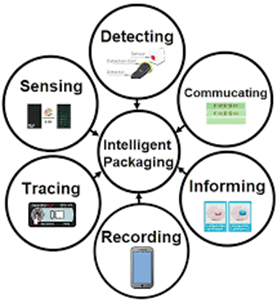





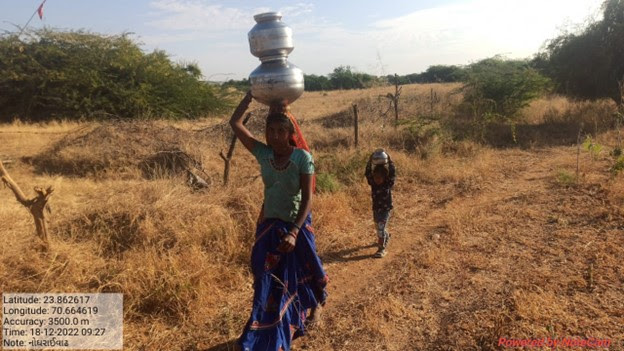 It is not surprising then, that 30% population in Rapar (total population is 2,17,315 (2011 census), 30% is roughly 65,194) is from the marginalized communities – OBCs, SCs and STs (Rabari, Koli, Harijan etc). Monsoon is erratic and though the average rainfall of Kutch is 377mm – it occurs within a span of few days, and less than 4% of the rainwater can be collected.
It is not surprising then, that 30% population in Rapar (total population is 2,17,315 (2011 census), 30% is roughly 65,194) is from the marginalized communities – OBCs, SCs and STs (Rabari, Koli, Harijan etc). Monsoon is erratic and though the average rainfall of Kutch is 377mm – it occurs within a span of few days, and less than 4% of the rainwater can be collected.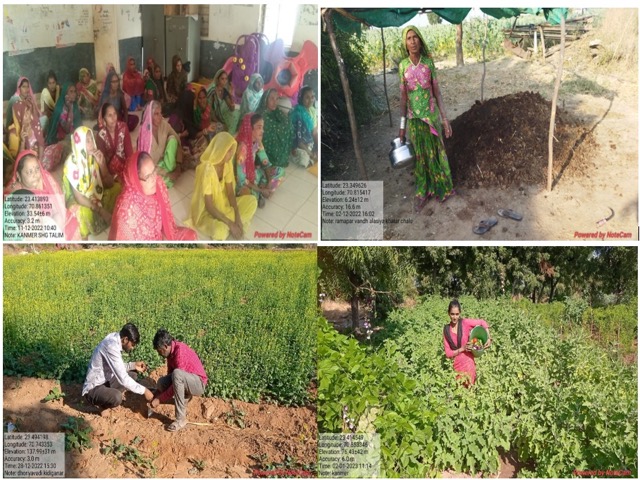
 of which were encroached or not even registered as water bodies in land records. Subsequently the recharge era began, recognizing the importance of Kankavati aquifer, led to greater role of local people, who were otherwise, earlier dependent on the Kutchi business community in Mumbai.
of which were encroached or not even registered as water bodies in land records. Subsequently the recharge era began, recognizing the importance of Kankavati aquifer, led to greater role of local people, who were otherwise, earlier dependent on the Kutchi business community in Mumbai.





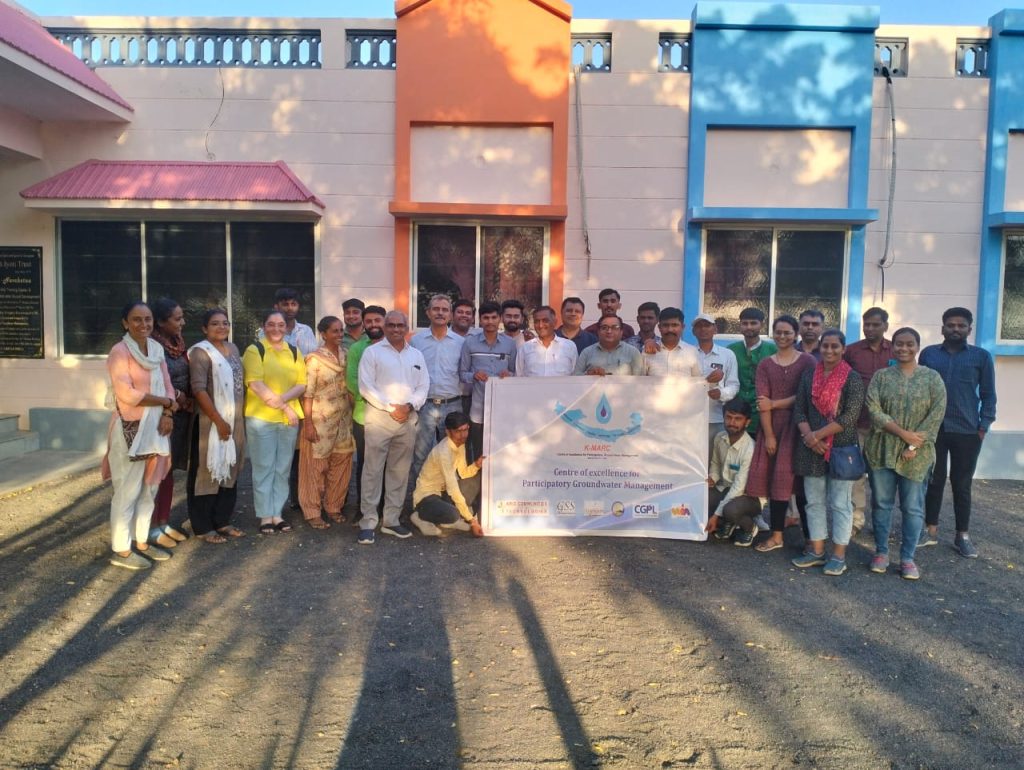
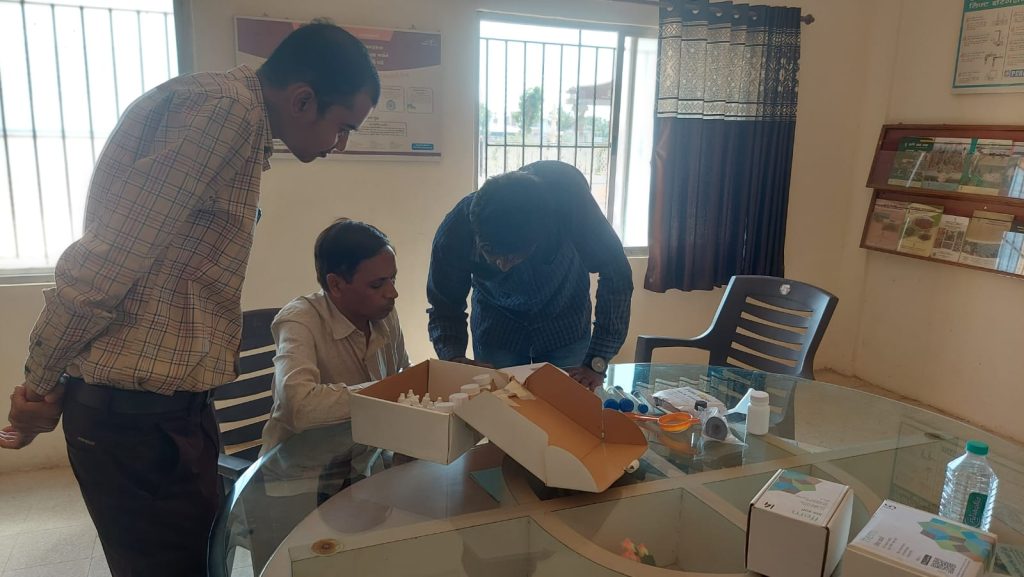
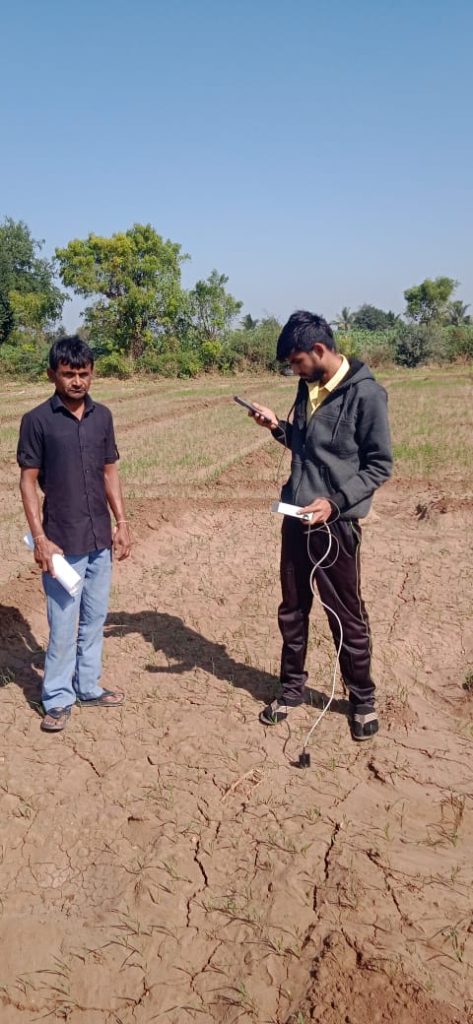
 ‘Bhujal Jankars’, who are community resource persons trained by us in practical applications of hydro-geology, play a key role in this process. They have a good rapport with the community, are scientifically informed and collect data for various parameters using respective instruments. We train them to understand
‘Bhujal Jankars’, who are community resource persons trained by us in practical applications of hydro-geology, play a key role in this process. They have a good rapport with the community, are scientifically informed and collect data for various parameters using respective instruments. We train them to understand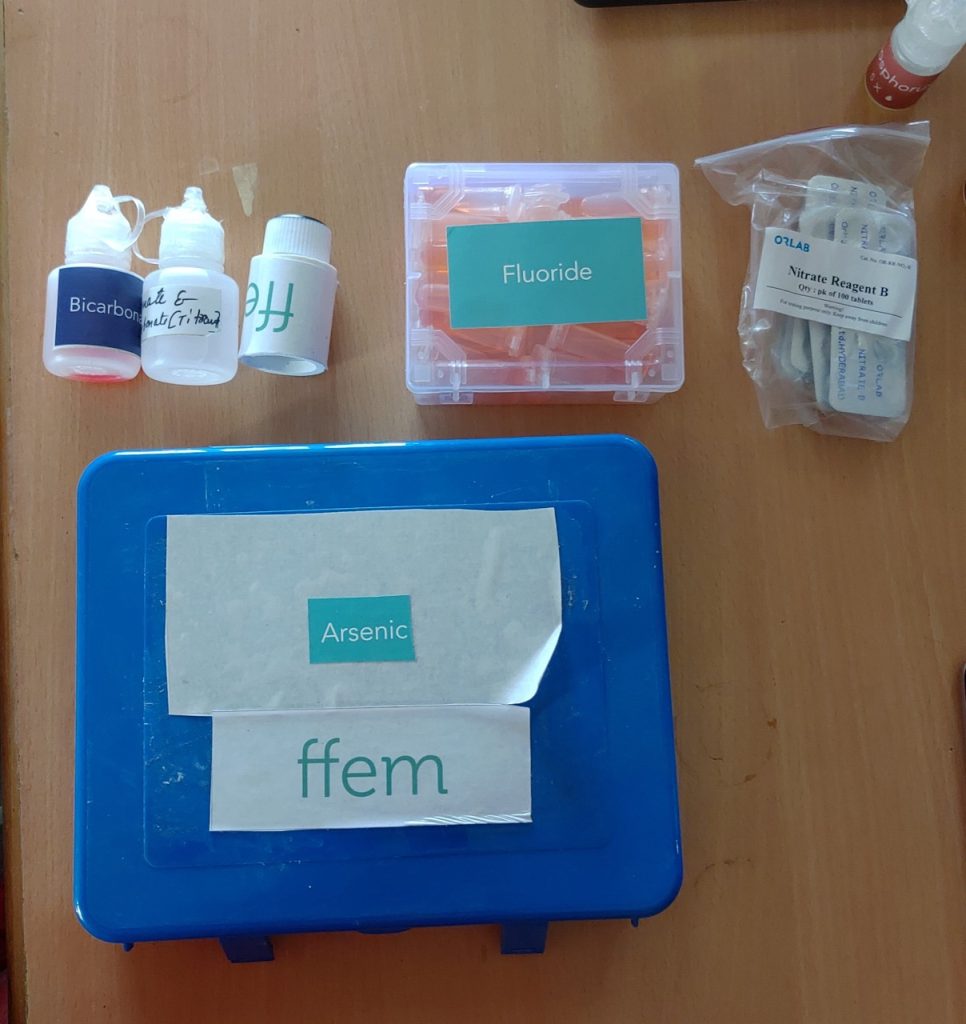
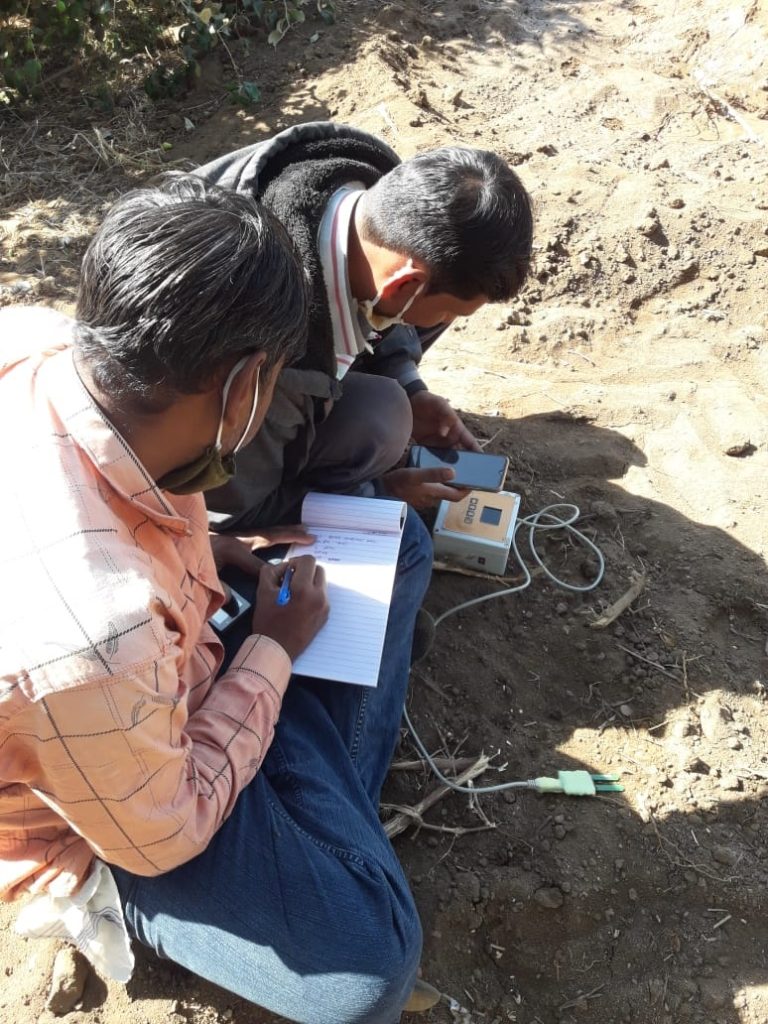

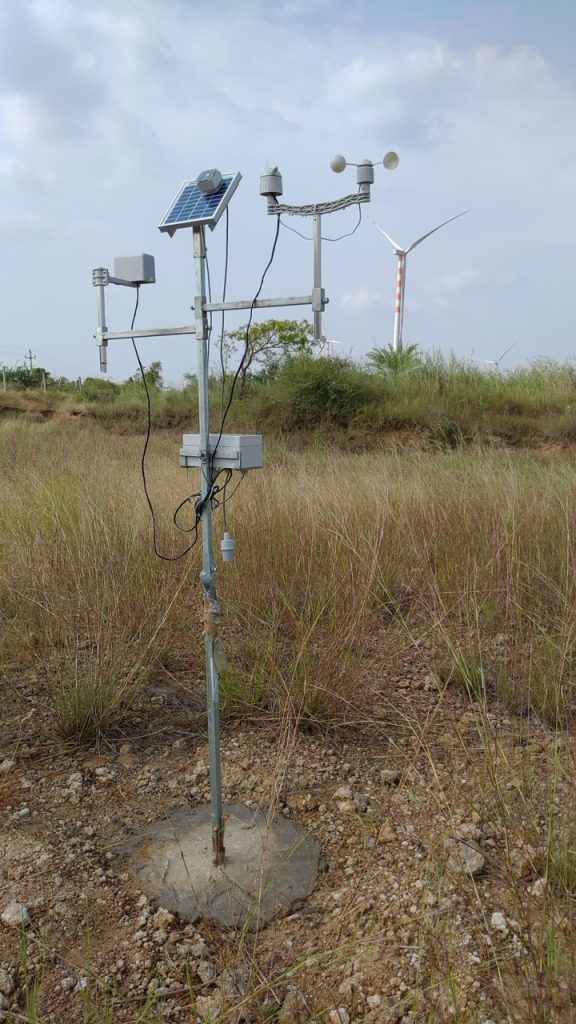 It is important to understand the importance of data and regular data collection, and gradually build a vision around smart farming. In absence of such an understanding, regular data collection can seem to become monotonous and burdensome. So, at regular intervals we organise workshops with experts, farmers, Bhujal Jankars and our staff to build this vision.
It is important to understand the importance of data and regular data collection, and gradually build a vision around smart farming. In absence of such an understanding, regular data collection can seem to become monotonous and burdensome. So, at regular intervals we organise workshops with experts, farmers, Bhujal Jankars and our staff to build this vision.